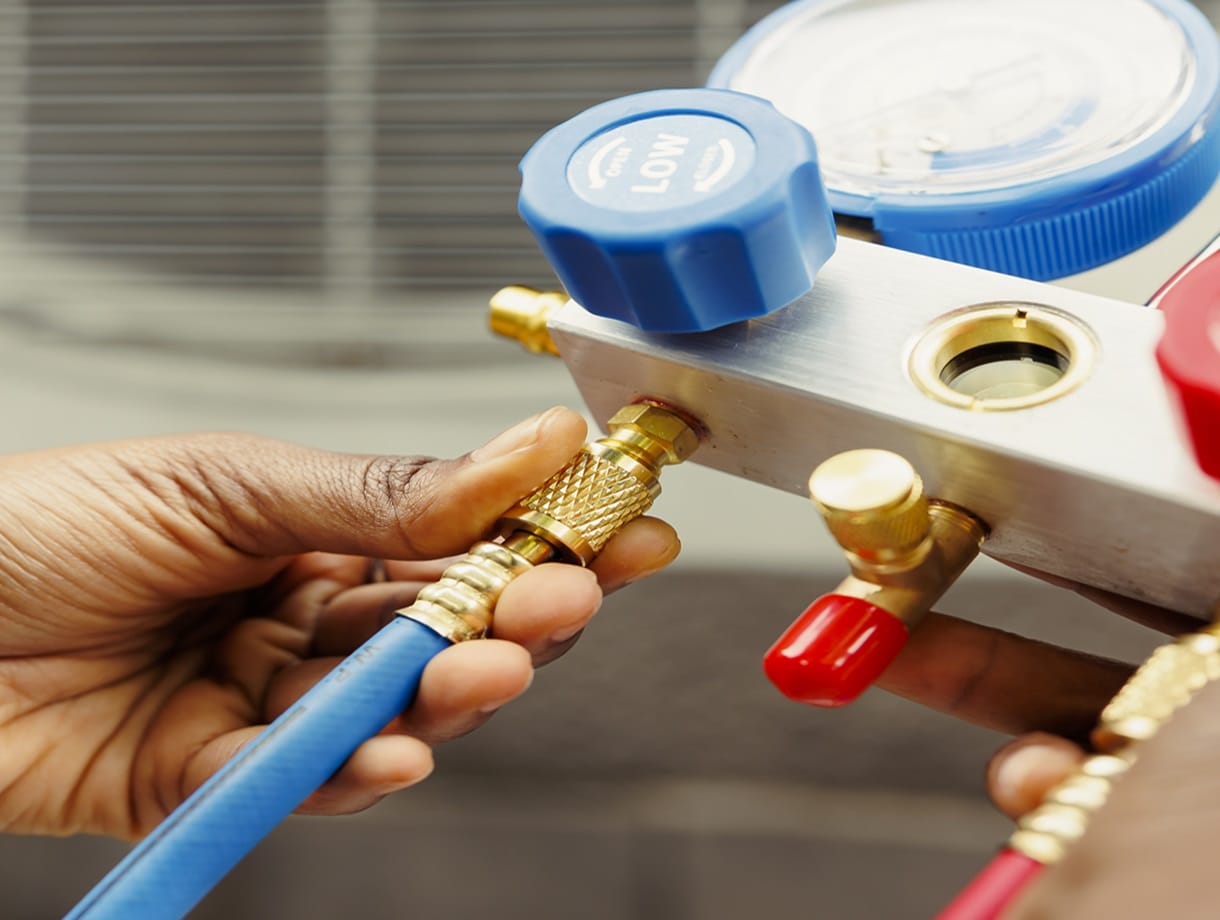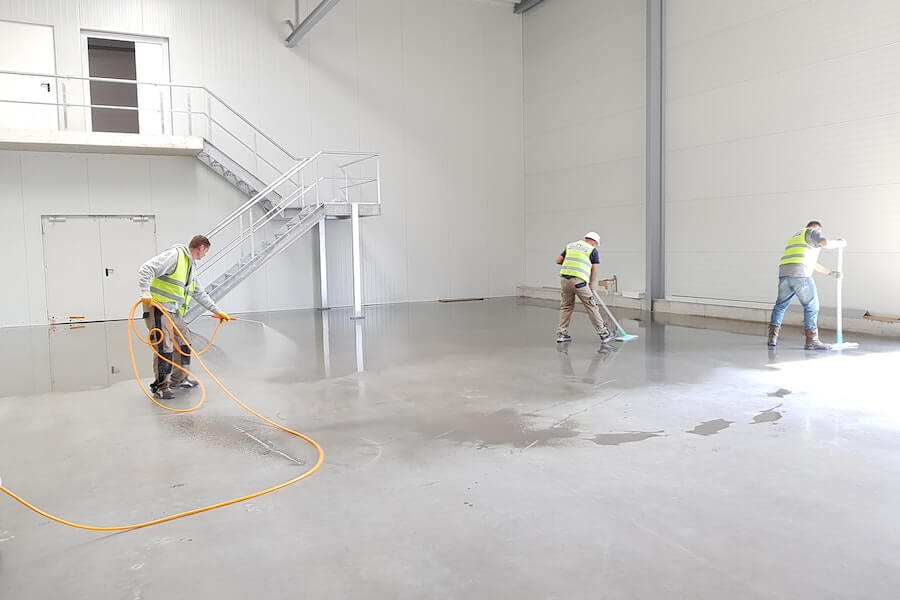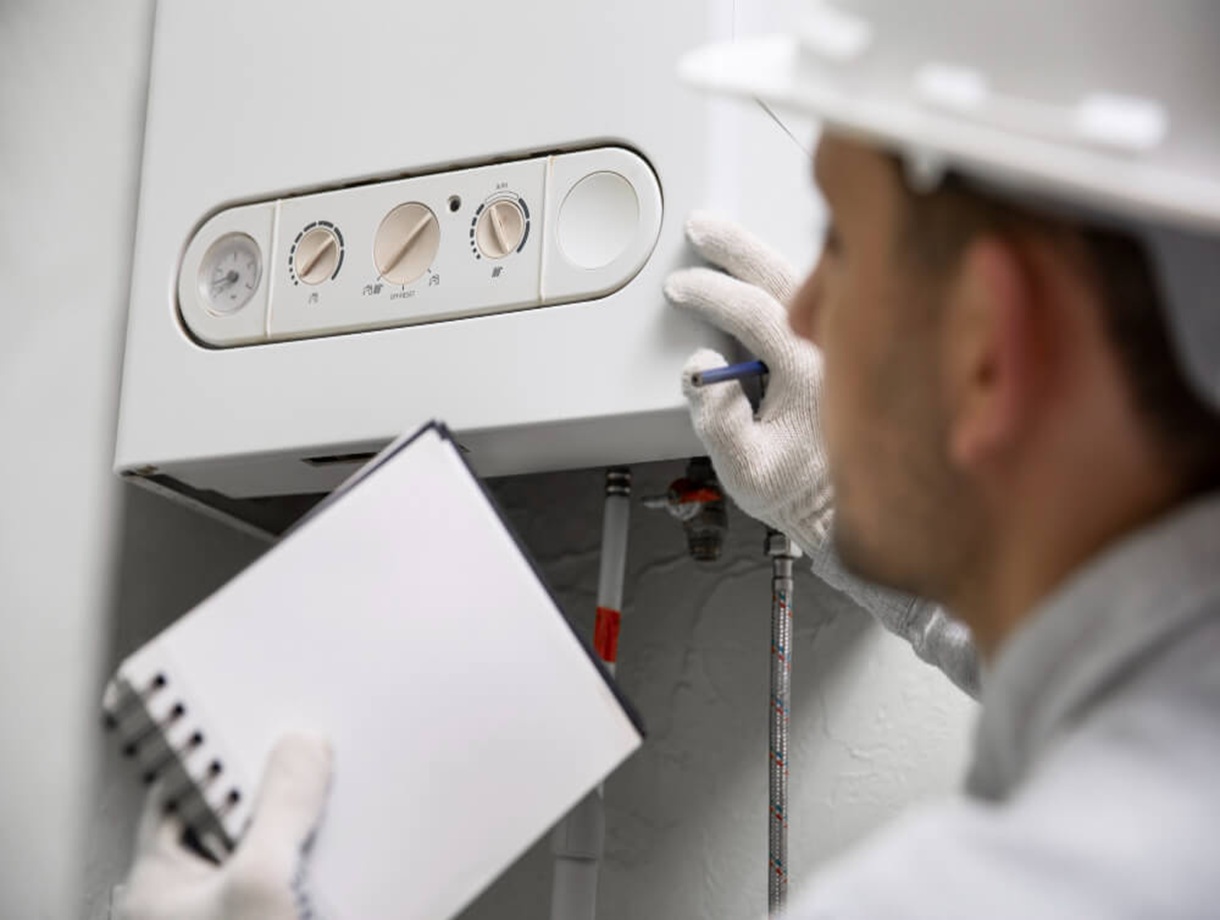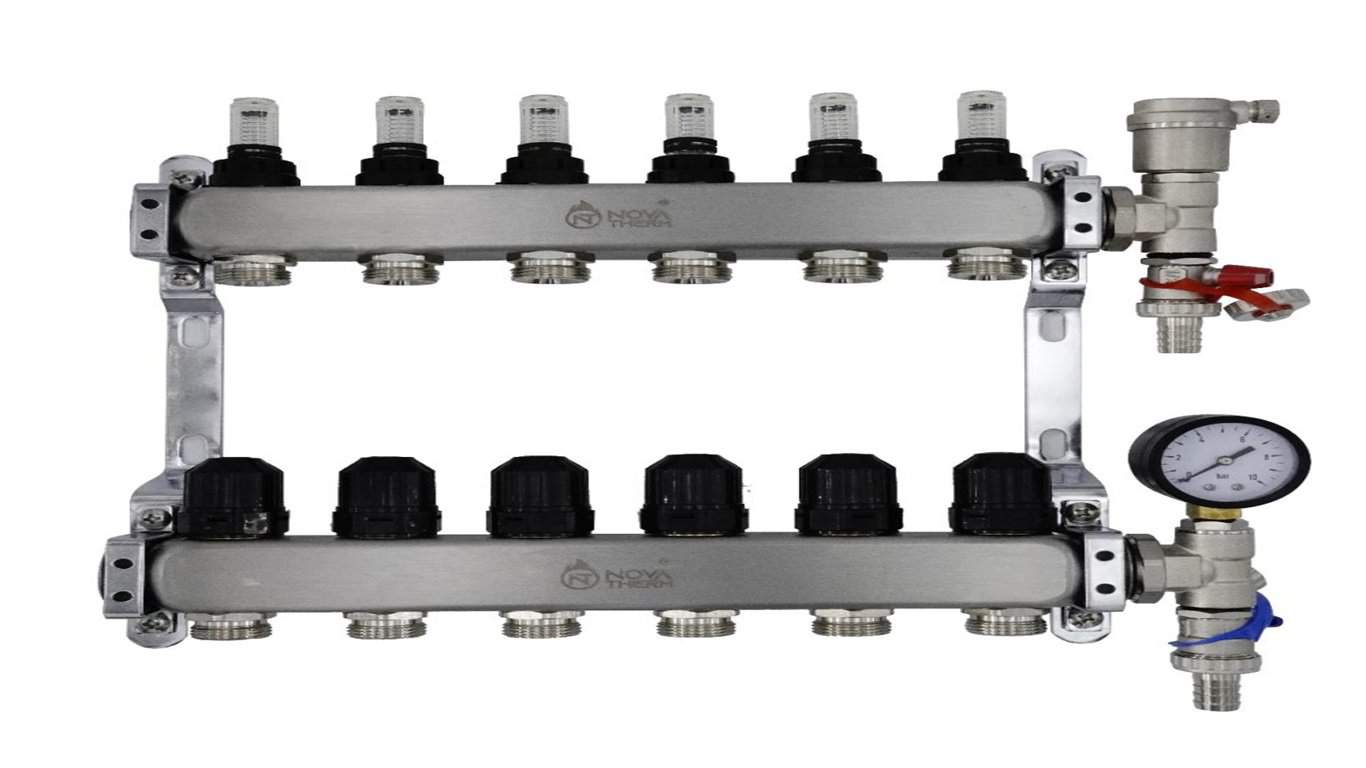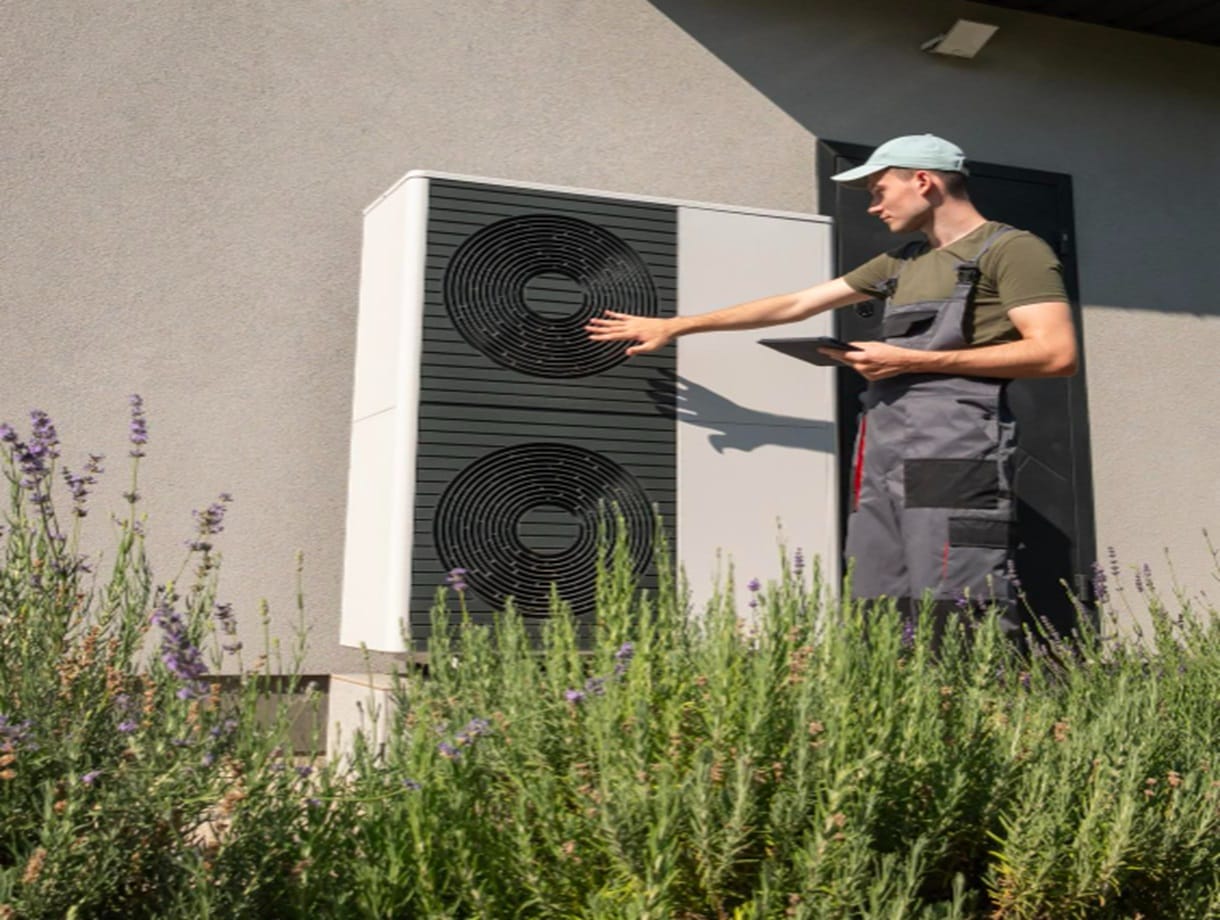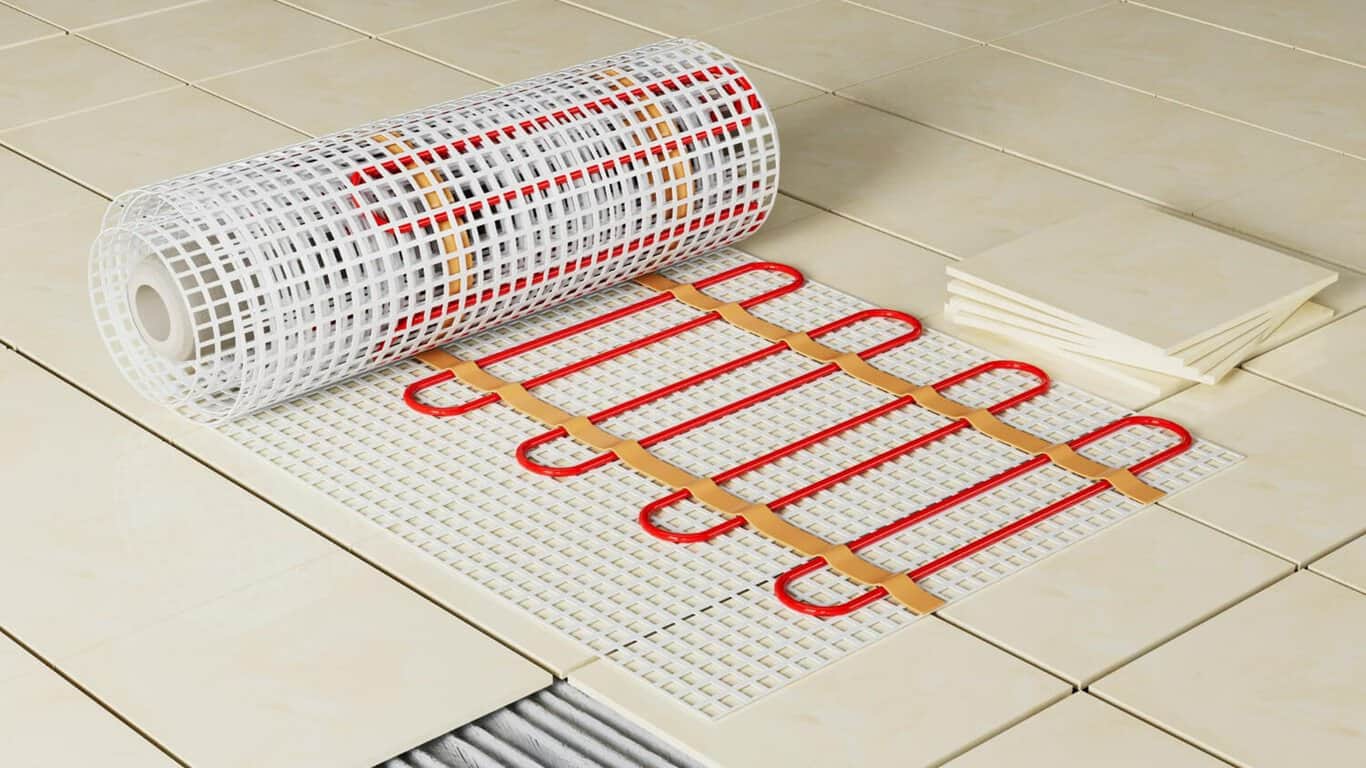Underfloor Heating Help & Advice Blog
Whether you’re installing a new system, troubleshooting issues, or simply curious about how underfloor heating works, our blog is packed with helpful tips, step-by-step guides, and practical insights for homeowners, DIYers, and trade professionals alike.
We cover everything from choosing the right type of system and insulation to maintenance advice and energy-saving techniques. No matter your level of experience, you’ll find easy-to-follow articles, expert recommendations, and the latest updates to help you make informed decisions and get the best performance from your underfloor heating setup.
DIY
Energy Saving
Flooring
Guides
Heating
Maintenance
Rooms


